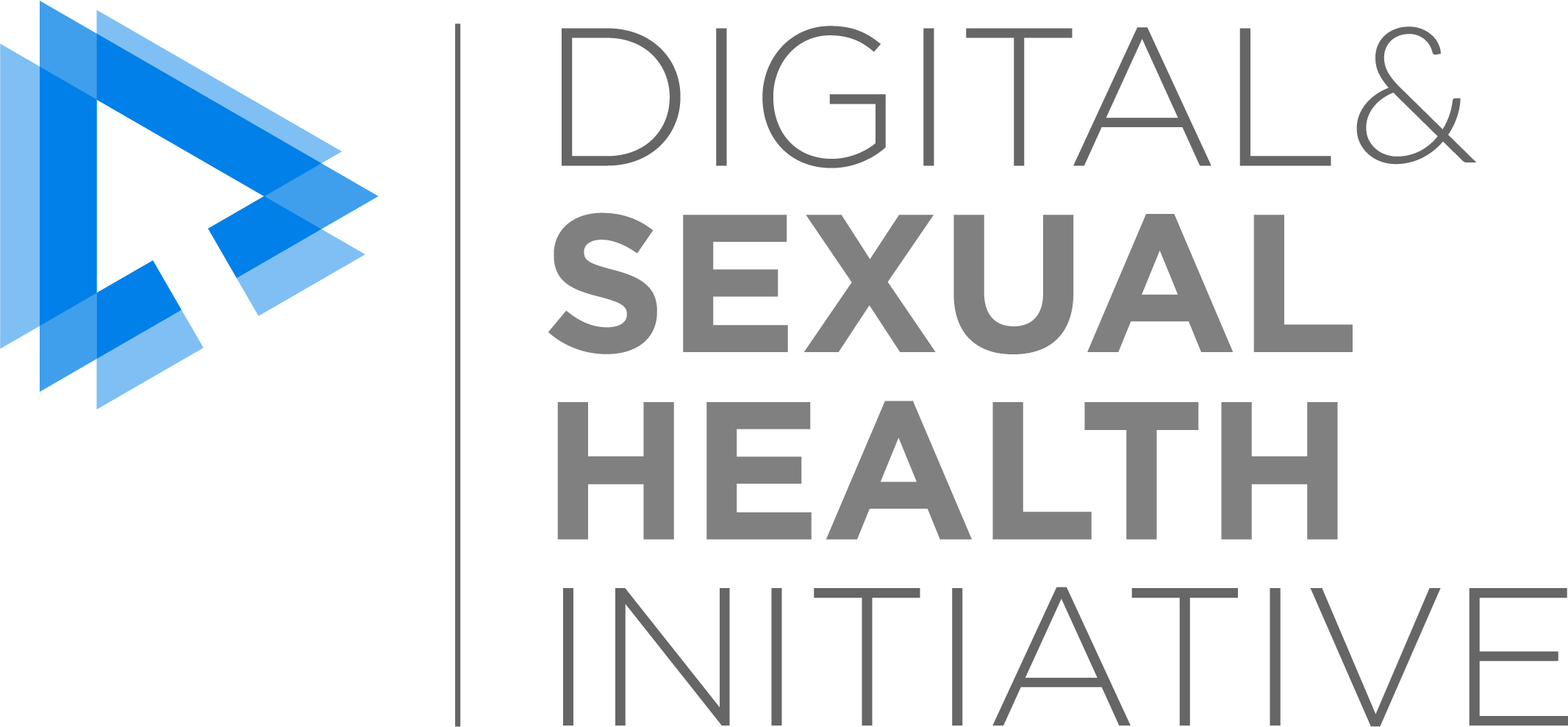Digital Health Literacy and its impact on awareness and use of digital interventions for sexually transmitted infection testing: Scale revision and structural equation modelling of GetCheckedOnline’s 2022 Community Survey
Research theme(s)
Health Literacy ; Digital Health
Ihoghosa Iyamu, Pierce Gorun, Hsiu-Ju Chang, Rodrigo Sierra-Rosales, Devon Haag, Heather Pedersen, Sofia Bartlett, Nathan Lachowsky, Geoffrey McKee, Catherine Worthington, Troy Grennan, Daniel Grace, Mark Gilbert.
34th Canadian Conference on HIV/AIDS Research (CAHR 2025), Halifax, Nova Scotia, May 1-4 2025.
Background:
Digital health literacy (DHL) influences access to digital STI testing services. Popular DHL tools, including the eHealth Literacy Scale (eHEALS), are often unidimensional and insufficient for guiding programs. This study examined how refined DHL measures based on eHEALS influence disparities in awareness and use of GetCheckedOnline, British Columbia’s publicly funded digital STI testing service.
Methods:
We analyzed data from GetCheckedOnline’s 2022 community survey of English-speaking BC residents aged ≥16 years and sexually active in the past year. Outcomes were awareness and use of GetCheckedOnline (both yes/no). Latent DHL factors were identified using exploratory factor analyses from the eHEALS questionnaire, followed by confirmatory factor analysis using weighted least squares mean variance-adjusted models. Factor models were evaluated using standard indices. Structural equation modeling assessed associations between latent DHL factors, sociodemographic characteristics and main outcomes.
Results:
Among 1,657 respondents (mean age: 33.0 years, SD: 11.77), 52.5% (784) were women. Three latent DHL factors were identified: Factors 1 (information navigation), two (resource appraisal) and three (confidence in use) (Figure 1). Information navigation (β = 0.162, p<0.001 and β = 0.063, p=0.020) and confidence in use (β = 0.206, p=0.014 and β = 0.115, p=0.020) were positively associated with awareness and use of GetCheckedOnline. Resource appraisal was negatively associated with awareness and use of GetCheckedOnline (β = -0.263, p=0.006 and β = -0.150, p=0.010). DHL factors mediated the effect of age, income, education and digital access on awareness and use of GetCheckedOnline (Figure 2).
Conclusions:
Findings suggest that users’ information navigation and confidence in use DHLS are positively associated with awareness and use of GetCheckedOnline. In contrast, resource appraisal DHL may constrain awareness and use, potentially due to heightened criticality, skepticism, or concern about online stigma. Findings highlight the role of DHLs in existing inequities in uptake of digital STI testing. Future research should explore how DHLs interact with trust, stigma, and service design to influence use, particularly among populations marginalized populations.


